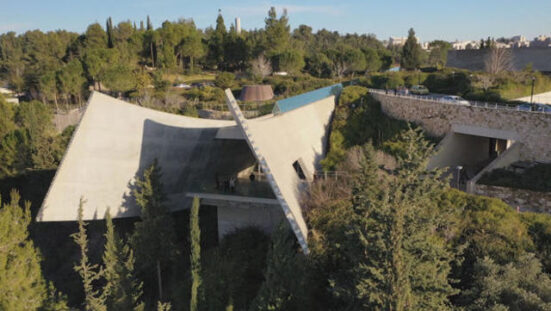“Bartali, the discussion is out of context: All our procedures are transparent”

Around the Holocaust Memorial Day, a discussion has arisen on the Italian media about the recognition by Yad Vashem – The World Holocaust Remembrance Center of the champion road cycler Gino Bartali as a Righteous among the Nations. In the following letter, the Director of the Department of the Righteous Among the Nations of Yad Vashem Joel Zisenwine clarifies the issue.
Recently, there have been reports in the media raising opposition to the recognition of Gino Bartali as Righteous Among the Nations. It appears that many incorrect details have been published as a result of a basic misunderstanding of the process and procedures of this highly esteemed recognition, as well as the role of the Commission for the Designation of the Righteous Among the Nations. I would therefore like to clarify a few points, in the hope that this will help provide the information necessary to present matters in the right context.
The founders of Yad Vashem, many of whom were Holocaust survivors, included as part of the Yad Vashem Law of 1953, enacted by the Knesset (Israel’s parliament), the responsibility to recognize the selfless actions of non-Jewish people who risked their lives to rescue Jews during the Holocaust. In the 1960s, Yad Vashem decided to appoint an external independent public committee comprised of volunteers – Holocaust survivors and experts on the history of various Jewish communities from various Jewish communities – in order to review and approve individuals nominated for recognition.
The independent external committee, known as the Commission for the Designation of the Righteous Among the Nations, is headed by a retired judge of the Israeli Supreme Court. Yad Vashem’s role is to coordinate and assist in the preparation of the files of those submitted for recognition. These files are then sent for review and decision by the Commission members. Each file contains testimonies, as well as other documentation necessary to understand the rescue story. The Commission’s decisions are based on the fundamental principle of the Righteous Among the Nations program that states, “whoever saves a single life, saves an entire universe” (Mishnah, Sanhedrin 4:5), and therefore the number of Jews who received assistance and help from the rescuers is not a condition for recognition. Additionally there are certain criteria that must be met to be considered for this title, including that the individual received no financial compensation for his or her actions, that the motivation was to save Jews, and that the rescuers risked their lives in doing so.
The role and function of the Commission is similar to that of a jury. It examines the rescue story as detailed in the file containing the documentation and the historical context. The Commission’s conclusions are presented to its Chairman for final approval.
In 2007, Yad Vashem opened a file on the actions of Gino Bartali. After a lengthy research process of several years, the file was finally submitted to the Commission for consideration in 2013. Based on the accumulation of survivor testimonies, the Commission decided that the case merited recognition as Righteous Among the Nations.
Contrary to what has been mentioned in the press, the files of recognized Righteous Among the Nations, including those pertaining Bartali, are open to the public, including the relevant survivor testimonies. Nevertheless, Commission discussions and internal correspondence remain confidential, in order to ensure that members are able to weigh all elements of the cases free from external lobbying and pressures.
I hope that this letter will enable a more correct understanding of the activities of the Commission for the Delegation of the Righteous Among the Nations in general, and of Bartali’s recognition in particular.
Dr. Joel Zisenwine
Director of the Righteous Among the Nations Department, Yad Vashem.
